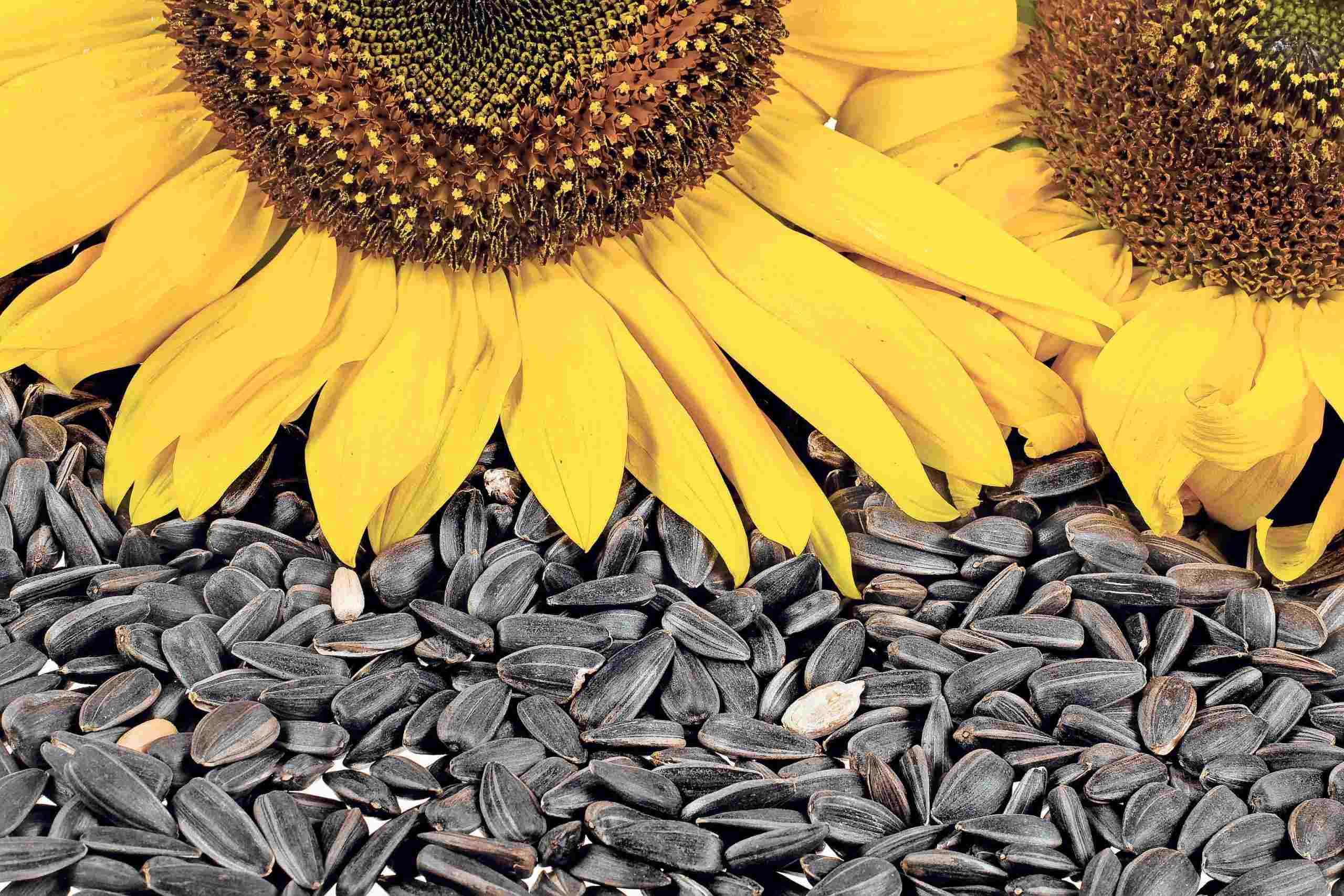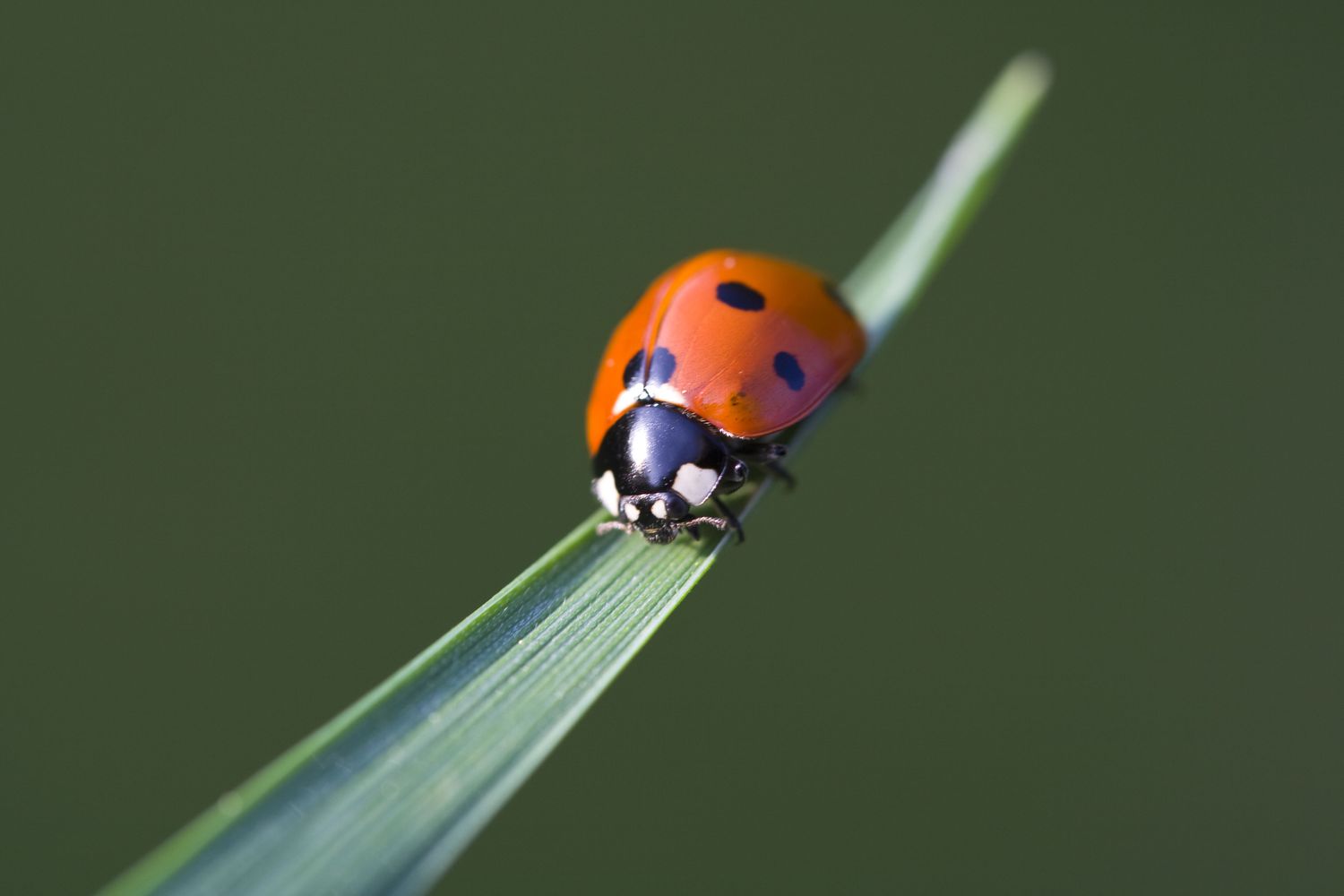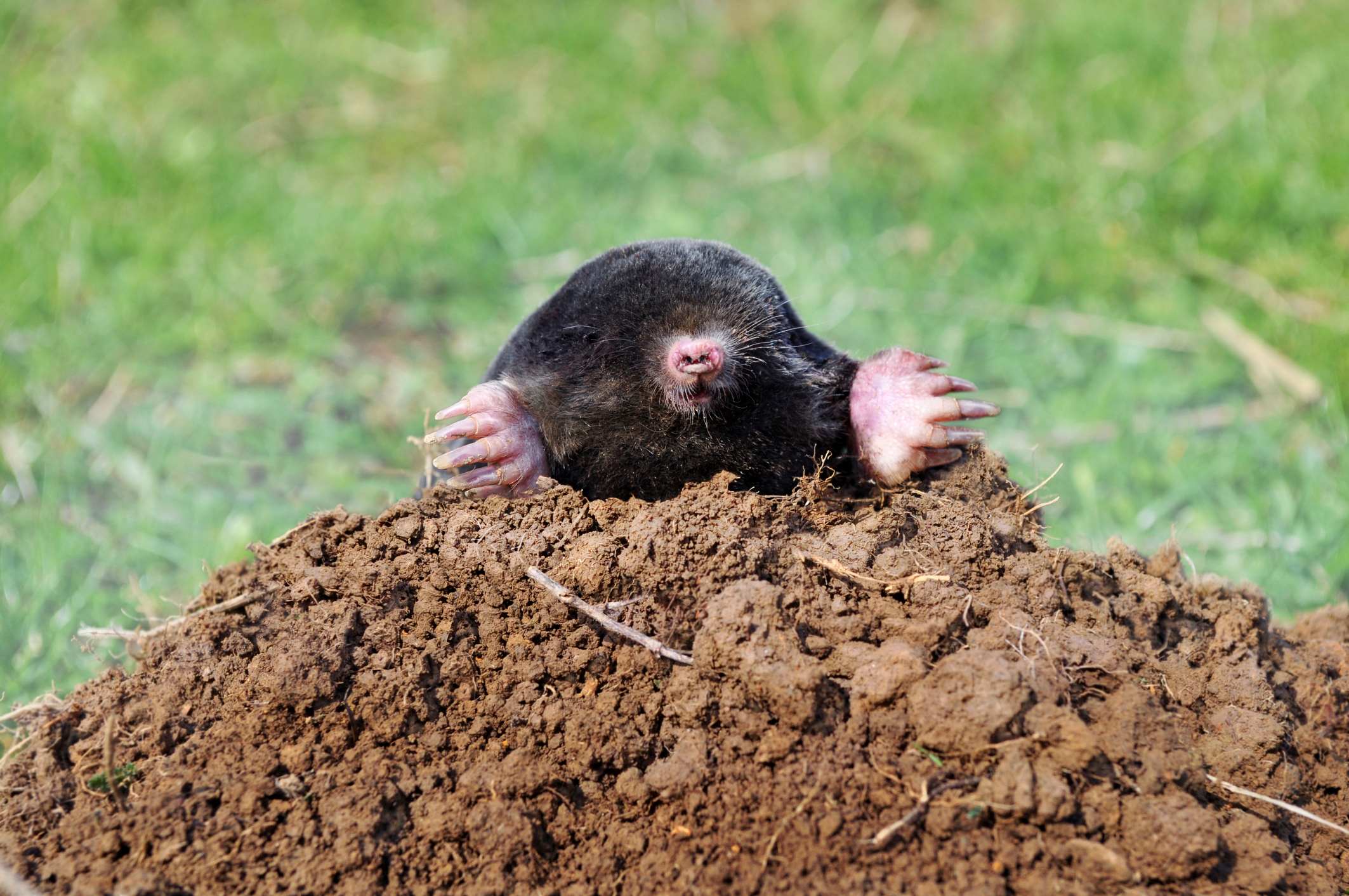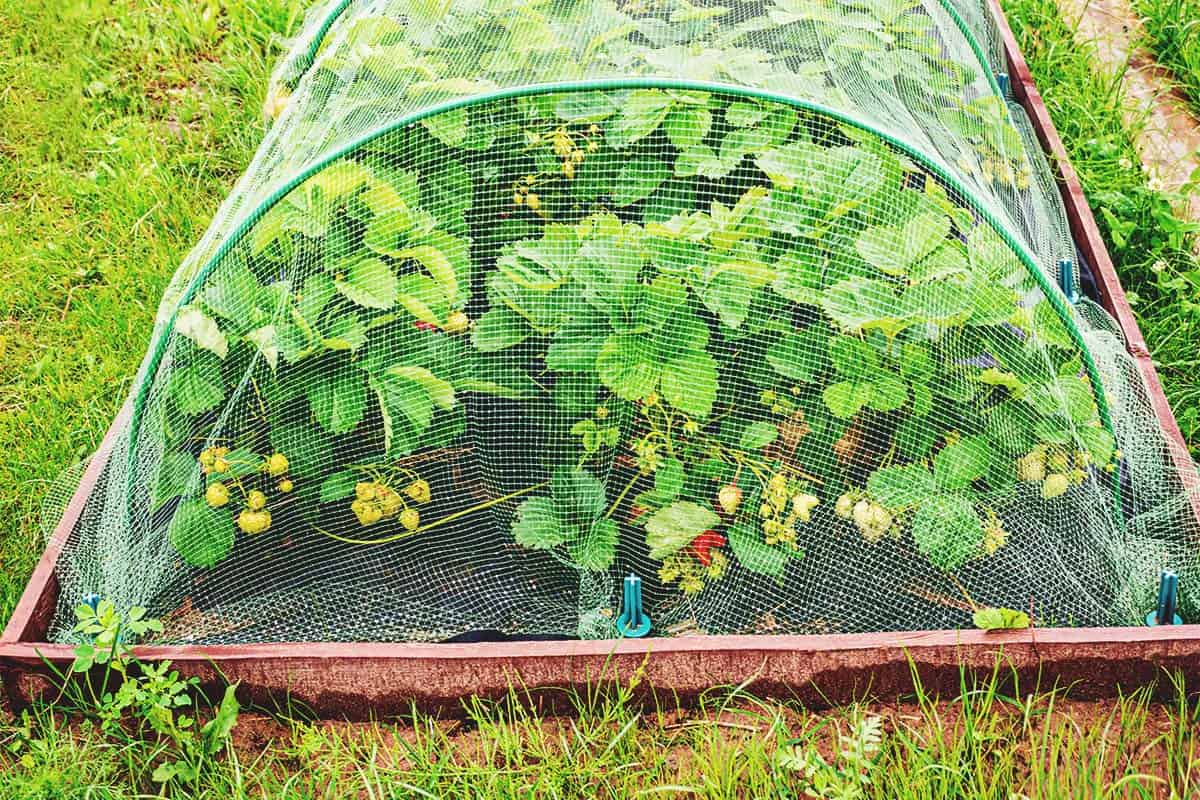Home>Types of Gardening>Ornamental Gardening>What Animals Eat Sunflowers
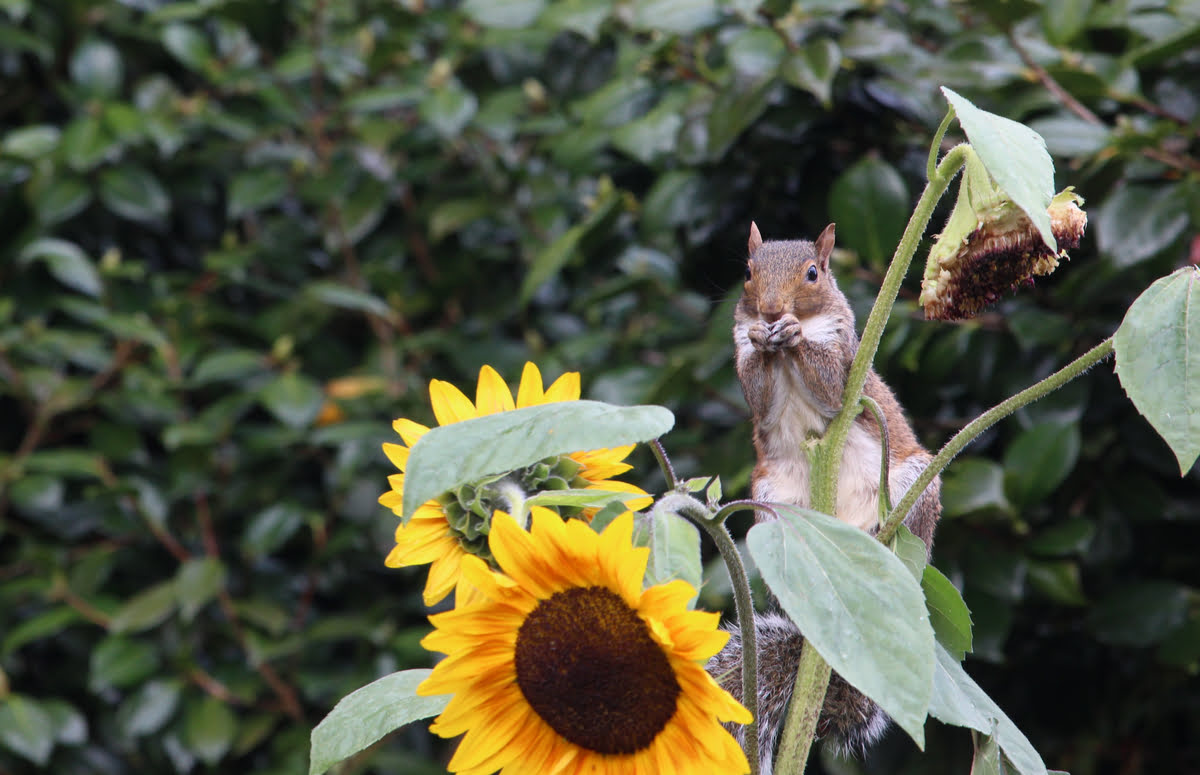

Ornamental Gardening
What Animals Eat Sunflowers
Modified: January 22, 2024
Discover what animals eat sunflowers in this comprehensive guide to ornamental gardening. Learn how to protect your sunflowers from hungry wildlife.
(Many of the links in this article redirect to a specific reviewed product. Your purchase of these products through affiliate links helps to generate commission for Chicagolandgardening.com, at no extra cost. Learn more)
Table of Contents
Introduction
Welcome to the fascinating world of ornamental gardening, where beauty meets functionality. Ornamental gardening focuses on creating visually appealing landscapes using various plants, flowers, and shrubs. One popular plant that has found its place in many ornamental gardens is the sunflower.
Sunflowers, with their vibrant yellow petals and towering heights, are not only aesthetically pleasing but also serve as a haven for pollinators and wildlife. However, these magnificent flowers are not exempt from the circle of life, as they attract a range of animals that enjoy feasting on their seeds or even using the flower heads as a food source.
In this article, we will explore the different animals that eat sunflowers and the impact they have on these stunning garden additions. From seed predators to birds, mammals, and insects, you will discover the intricate relationship between the sunflower and the animal kingdom.
So, put on your gardening gloves and join us on this exciting journey into the natural world of sunflower consumption!
Sunflower Anatomy
Before we dive deeper into the world of sunflower consumption, let’s take a moment to understand the anatomy of a sunflower. A sunflower typically consists of four main parts: the flower head, stem, leaves, and seeds.
The flower head of a sunflower is a composite of hundreds, or even thousands, of tiny individual flowers called florets. The florets are arranged in a spiral pattern, with the outer florets forming the characteristic yellow petals, and the inner florets evolving into the seeds.
Connected to the flower head is the stem, which provides support and nutrients to the plant. The stem can grow to impressive heights, reaching up to 10 feet or more in some sunflower varieties.
The leaves of a sunflower are large and broad, with a rough texture and a dark green color. They play a crucial role in photosynthesis, converting sunlight into energy that the plant uses to grow and produce seeds.
The most desirable part of the sunflower, at least from a culinary standpoint, is the seed. Sunflower seeds are edible and are harvested for various purposes, such as snacking, cooking, and oil extraction. They are enclosed in a hard and protective outer shell, which must be cracked open to access the nutritious kernel inside.
Now that we have familiarized ourselves with the different components of a sunflower, let’s explore the animals that have developed a taste for these delightful plants!
Natural Seed Predators
Sunflower seeds are not only a popular snack among humans but also highly sought after by a variety of animals in the wild. These natural seed predators have evolved unique adaptations that allow them to enjoy the nutritious bounty of sunflowers.
One of the primary seed predators of sunflowers is the squirrel. These agile creatures are known for their ability to climb trees and navigate their way to the flower heads. Squirrels will often chew through the outer shell of the sunflower seeds to access the tasty kernel inside. They are known to cache or bury the seeds for future consumption, playing an essential role in seed dispersal and aiding in the growth of new sunflower plants.
Another notable seed predator is the chipmunk. Like squirrels, chipmunks are skilled at accessing sunflower seeds within their protective shells. They can often be seen plucking the seeds from the flower heads and quickly scurrying away to enjoy their meal. Chipmunks are known to hoard sunflower seeds in their underground burrows as a food reserve for the winter months.
While mammals like squirrels and chipmunks primarily consume sunflower seeds, other animals opt for a different approach. For instance, some small birds, such as finches and sparrows, are adept at clinging to the sunflower heads and pecking at the seeds. Their small and agile beaks allow them to extract the seeds without much effort.
Apart from mammals and birds, insects are also attracted to sunflower seeds. Various beetles and weevils are known to infest the flower heads, feeding on the developing seeds and causing damage to the plant. These insects can be a nuisance to gardeners, requiring appropriate pest management strategies to mitigate their impact.
In the intricate balance of nature, seed predators play a vital role in dispersing sunflower seeds and contributing to the regrowth of these stunning plants. While they may be seen as nuisances by some gardeners, it is important to acknowledge their role in the ecosystem and find a harmonious coexistence with these natural seed consumers.
Birds that Feed on Sunflower Seeds
Sunflower seeds are a favorite food source for many bird species, attracting them with their high nutritional value and easy accessibility. The seeds’ availability in the garden or through bird feeders makes sunflowers a prime spot for bird feeding and observation.
One of the most common avian visitors to sunflowers is the charismatic American Goldfinch. These small, bright yellow birds are often seen perched on sunflower heads, feasting on the ripe seeds. Goldfinches have specially adapted beaks that allow them to extract the seeds from the tight clusters of florets with ease.
Another frequent visitor to sunflowers is the House Finch. These colorful birds are known for their melodious songs and preference for seeds, including those of sunflowers. They will cling to the flower heads, using their stout beaks to crack open the seeds, consuming the nutritious kernels inside.
Other species of birds that commonly feed on sunflower seeds include Chickadees, Cardinals, Nuthatches, and various sparrows. These birds have different feeding strategies, with some extracting the seeds directly from the flower head, while others prefer to pick up fallen seeds from the ground.
Besides the joy of attracting diverse bird species to your garden, providing sunflower seeds through bird feeders can also contribute to their conservation. By offering a reliable food source, especially during harsh winter months, you can support local bird populations and witness their beauty up close.
It is important to note that while birds bring delight to ornamental gardens, they can also contribute to seed loss and may require gardeners to take preventative measures. Options like using netting to protect flower heads or strategically placing bird feeders in alternative locations can help strike a balance between bird attraction and preserving the sunflower crop.
So, the next time you spot a flock of colorful birds in your sunflower patch, take a moment to appreciate nature’s beauty and the harmonious relationship between birds and sunflower seeds.
Mammals that Eat Sunflowers
While birds and insects are commonly associated with sunflower seed consumption, mammals are also active participants in enjoying the tasty bounty that sunflowers offer.
One of the most notable mammals that eat sunflowers is the deer. Deer are known for their voracious appetite and can quickly consume large quantities of sunflower plants. They are particularly attracted to the succulent leaves and tender stems of young sunflower shoots. While their grazing habits may be detrimental to gardeners, deer play a crucial role in seed dispersal, aiding in the propagation of sunflowers.
Rabbits are another mammalian species known to indulge in sunflowers. They have a penchant for the tender leaves and stems, making them a potential threat to young sunflower plants. Rabbits are agile and can easily access sunflowers at ground level, making them a common pest in garden settings. Implementing fencing or utilizing natural deterrents can help protect sunflowers from rabbit damage.
Squirrels, although mentioned earlier as natural seed predators, also fall under the category of mammals that eat sunflowers. These acrobatic climbers are notorious for raiding bird feeders and gardens to feed on sunflower seeds. Their agile nature allows them to access sunflowers from different angles, making it challenging to protect the seeds from their persistent efforts.
Certain larger mammals, such as raccoons and opossums, may also partake in sunflower consumption. These omnivores have a varied diet and are opportunistic feeders. While they may not specifically target sunflowers, they are known to eat the seeds if given the chance.
Gardeners should be aware of these mammalian visitors and take appropriate measures, such as fencing or using physical barriers, to protect their sunflowers from excessive damage. By creating a harmonious balance between the needs of mammals and the desire to enjoy thriving sunflower plants, it is possible to coexist with these seed-loving creatures.
With their diverse menu of leaves, stems, and seeds, mammals add yet another layer of complexity to the world of sunflower consumption.
Insects that Infest Sunflowers
While insects play a crucial role in pollination and the overall health of plants, some species can become pests and cause damage to sunflowers. These insects can infest sunflowers at different stages of their growth, posing challenges for gardeners and impacting the plants’ vitality and yield.
One of the common insect pests that infest sunflowers is the sunflower moth. The adult moths lay their eggs on the flower head, and once the larvae emerge, they feed on the developing seeds. As they grow, the larvae bore into the seeds, causing damage and reducing their viability.
Similarly, the sunflower midge is another insect that poses a threat to sunflowers. The midge larvae feed on the developing seeds, causing deformation and reduced seed quality. Infestations can result in significant yield loss for sunflower crops.
Aphids, tiny sap-sucking insects, are also known to infest sunflowers. These pests can weaken the plants by sucking out their vital fluids, causing stunted growth and deformation. Aphids reproduce rapidly, and their presence can attract other insects, such as ants, which feed on the sugary secretions left by the aphids.
Other insects, such as weevils and beetles, can also infest sunflowers. These pests can feed on the leaves and stems, causing defoliation and weakening the plants. Additionally, their presence can create entry points for disease-causing pathogens.
Managing insect infestations in sunflowers requires a multi-faceted approach. Integrated pest management techniques, such as cultural practices, biological controls, and targeted pesticide applications, can help mitigate the damage caused by these pests. Regular monitoring and early detection are essential to identify and address infestations promptly.
It’s important to strike a balance when managing insect pests in sunflowers. While the goal is to minimize damage, it is also crucial to protect beneficial insects and maintain the overall ecological balance of the garden ecosystem.
By understanding the different insects that can infest sunflowers and implementing appropriate pest management strategies, gardeners can help ensure the health and productivity of their sunflower plants.
Conclusion
Sunflowers, with their striking colors and impressive stature, add a touch of beauty and charm to any ornamental garden. However, these magnificent plants are not just a delight for the human eye. They play a vital role in supporting a wide array of wildlife, attracting animals from different taxa and providing them with a source of nutrition.
From seed predators like squirrels and chipmunks to birds and insects, sunflowers offer a banquet of delights. Birds such as goldfinches and house finches enjoy the abundance of sunflower seeds, while mammals like deer and rabbits may feast on the leaves, stems, and even seeds of sunflowers. Insects such as moths, midges, aphids, weevils, and beetles can also infest sunflowers and pose challenges for gardeners.
While these animals and insects can sometimes be viewed as nuisances to gardeners, it is important to recognize their role in the ecosystem. They assist in seed dispersal, pollination, and natural pest control, contributing to the overall health and vitality of sunflowers and the surrounding environment.
Gardeners can adopt various strategies to both protect their sunflowers and coexist harmoniously with the animals that feed on them. Implementing physical barriers, using bird feeders strategically, employing integrated pest management techniques, and creating a balanced garden ecosystem can help strike a balance between the desires of gardeners and the needs of wildlife.
So, the next time you plant sunflowers in your garden, take a moment to appreciate the vibrant interplay between the flowers and the animals that rely on them. Embrace the beauty of nature’s intricate web, where sunflowers not only serve as stunning focal points but also act as nourishing providers for a diverse range of wildlife.
Sit back, relax, and savor the delightful sight of birds perched on sunflower heads, squirrels scurrying away with seeds, and insects buzzing around these magnificent plants. With a bit of care and understanding, you can create an ornamental gardening oasis that attracts and supports a thriving community of sunflower enthusiasts from the animal kingdom.




